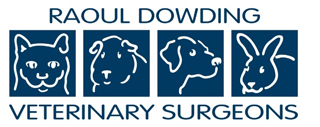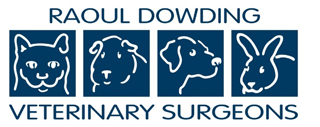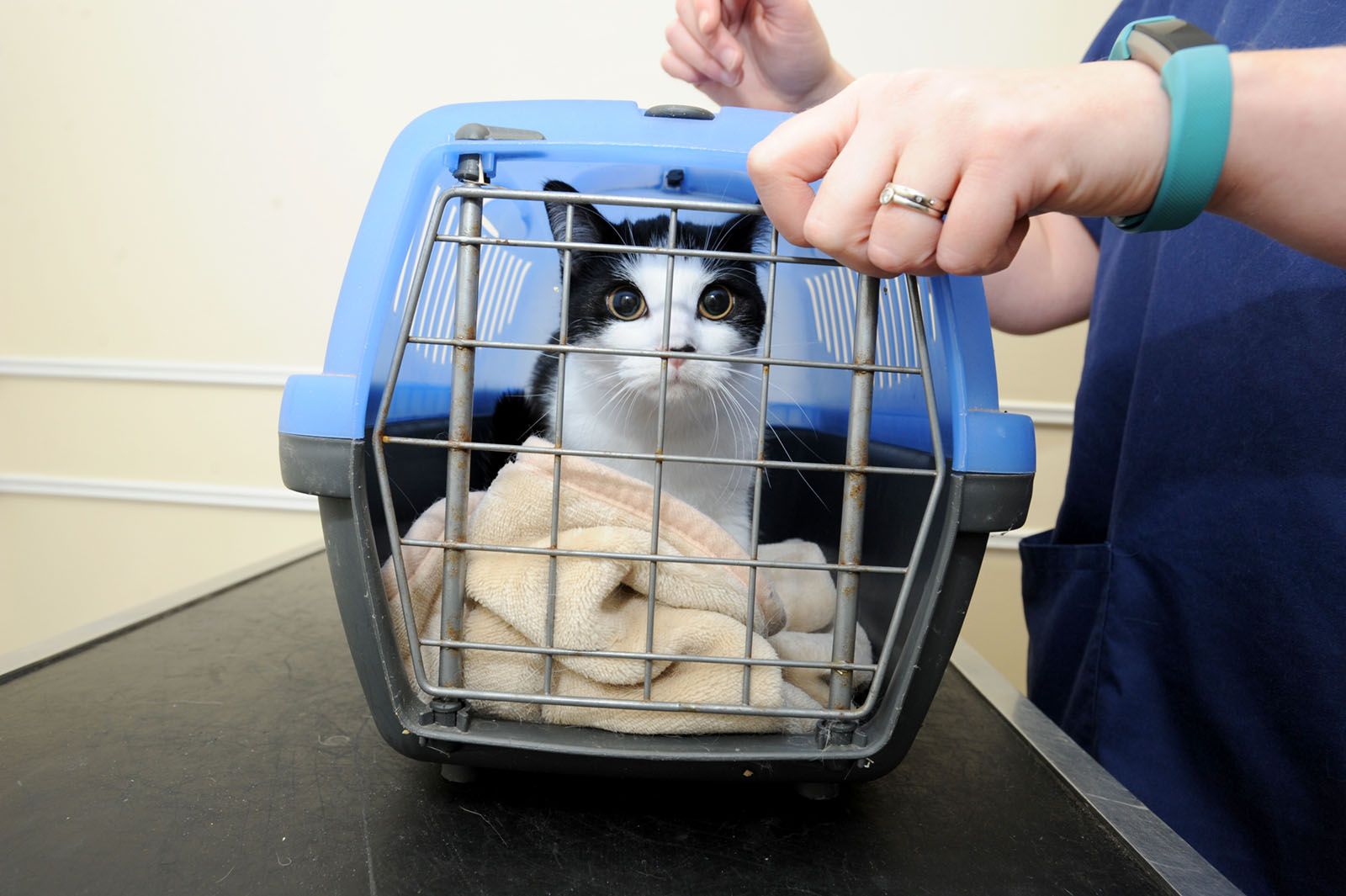These diseases are killers in cats and treatments can be extensive and expensive.
Panleucopenia (Infectious Enteritis)
This virus is very resistant and can survive for many months off the host. It is shed in saliva, vomit, faeces and urine. Transmission can be through direct or indirect contact, that is cat-to-cat or touching infected materials, bowls etc. Incubation period if 4 to 5 days, with clinical signs of vomit, liquid yellow-brown diarrhoea that may also contain blood, painful abdomen, depression and anorexia. Prevention is to vaccinate.
Cat Flu
It is spread between cats by direct contact or through sneezing. The incubation period is 2 to 10 days, with the classical clinical signs of sneezing, conjunctivitis with serious ocular discharge and nasal discharge. Cats can become rapidly weak and dehydrated due to not eating and drinking. Prevention is to vaccinate.
Leukaemia (FeLV)
Infection is transmitted in the blood and saliva when cats fight, groom or mate. It can also be transmitted in the uterus from queen to unborn kittens and in the milk she produces to feed them. The disease can take months to develop after infection and once infected the cat never becomes free of it. Feline leukaemia damages the immune system and predisposes to other diseases causing secondary infections and tumours and ultimately greatly shortens the life expectancy. Prevention is to vaccinate and it is also advisable to neuter your cat to reduce the tendency to fight.
Chlamydia
This disease can cause recurrent bouts of sneezing, conjunctivitis and also infertility/abortion in breeding queens. The incubation period of this disease is 4 to 10 days, with clinical signs of ocular discharge, blepharospasm, hyperaemia and chemosis, nasal discharge and sneezing. Prevention is to vaccinate.
Infectious Anaemia (FIV)
Flea control is most important in controlling this disease. The infected flea bites the cat and the cat becomes infected. Once a cat is infected it can pass on to others through cat bites, mother to unborn kittens and via the milk. Many adult cats may be exposed to it without showing clinical signs, but unfortunately for kittens, it is life-threatening. Clinical signs include on set of weakness, lethargy, anorexia, pale mucous membranes and anaemia. There is no vaccine available, so as well as flea control, it would also be advisable to get your cat neutered to reduce the tendency to fight.
Immunodeficiency Virus (FIV)
The most important route of transmission is direct contact with saliva, but sexual transmission may also be of some importance. Within two weeks of being bitten the infected cat will show evidence of antibody production and the virus may be detected in circulating lymphocytes. After a further four weeks the cat may develop Pyrexia and generalisation of lymphadenopathy, which can last for many weeks, followed by a symptomatic phase which may last for years before clinically detectable. Due to this disease being immunosuppressive clinical signs can vary from weight loss, chronic diarrhoea, chronic gingivitis, chronic skin diseases, to neoplasia – especially lymphoid tissue and ultimately decreases life expectancy. There is no vaccine available so it would be advisable to get your cat neutered to reduce tendencies to fight other cats.
Infectious Peritonitis (FIP)
This disease is passed on by coming in contact with urine or faeces from an infected cat, even though mode of transmission is not fully understood. The incubatio period is extremely variable. FIP has two forms, one is called wet FIP which is where fluid accumulates in the abdomen and in some cases also the thorax; and the second is called dry FIP where granulomatous lesions form on any abdominal organs, particularly the spleen, liver and kidneys. Organs often become swollen, palpable and eventually there is organ failure, again ultimately decreasing the life expectancy. There is no vaccine available so it would be advisable to get your cat neutered to reduce tendencies to fight with other cats.


